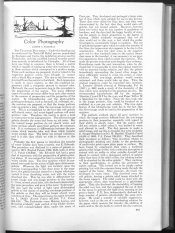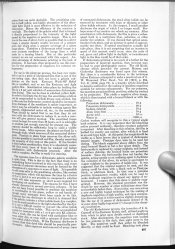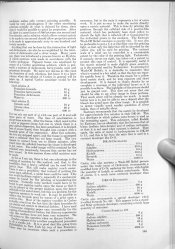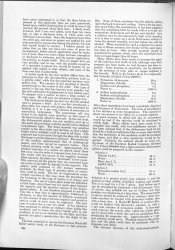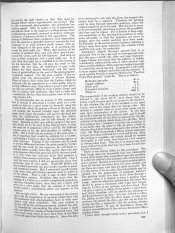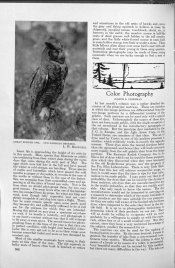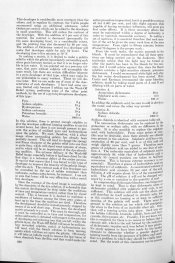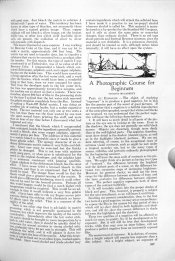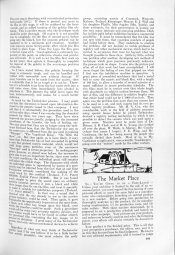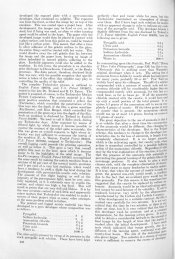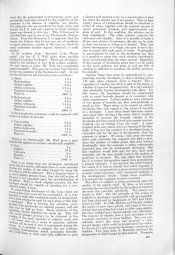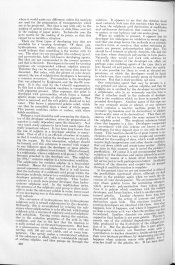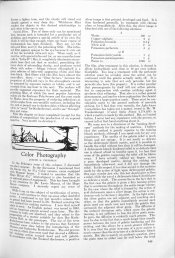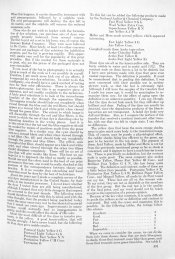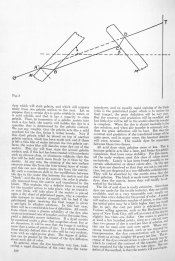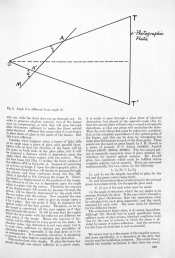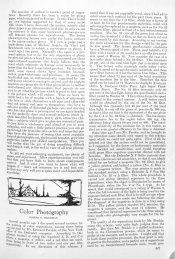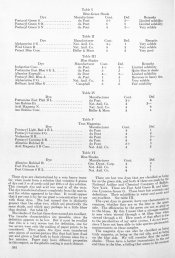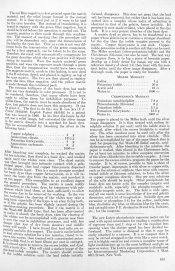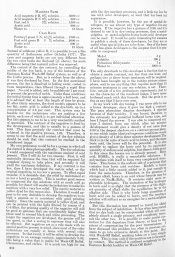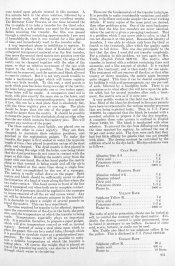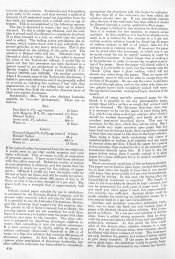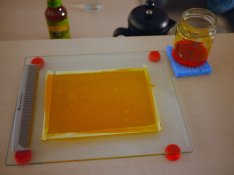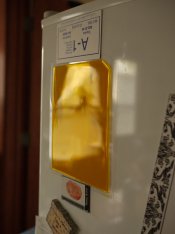Dye-Imbibition As Art
Generally speaking, dye-imbibition printing (in the form of Kodak's Dye-Transfer or Wash-Off Relief process) has been reserved for high-end color printing in the fields of marketing & advertising, museum & gallery exhibitions/sales, or for a commercial product itself (like a Technicolor print, to be projected for profit). Very rarely have
artists taken the reigns and tried to do something purely artistic with this versatile process.
One such example is Jeannette Klute who experimented with a number of dye-transfer "derivations". Check out
this PDF (starting on page 5).
The process is well suited to making drastic deviations from reality. For instance, imagine how easy making false-color images would be. Simply put the matrices in the "wrong" dye-bath.
Anyone who is interesting in hand-tinting or selectively adding color to their photoraphs can do so with amazing ease. This was the fundamental goal of the old Kodak Flexichrome process where you painted the dyes onto the matrix manually. The matrix absorbs (imbibes) the dyes in proportion to exposure.
One idea that I'm particularly interested in trying is a completely
non-photographic technique. Purely abstract experiements in color synthesis!
One way about this would be to expose your negatives under an enlarger and to use manual techniques of dodging and burning in order to make 3 negatives with somewhat "random" tonal gradations. Whatever method you used to create these would be up to you, but the result upon superposition would be a completely original and abstract composition in color. I imagine the most interesting results would be from mostly black or white prints with
splashes and
fits of color. By switching the negatives with different dye-baths, you could create the same form in an endless array of colors.
If a photographer's goal is to have a highly developed
eye, in the colloquial sense of taste and style, then we'd be wise to take inspiration from the wider world of the visual arts; where depictions of reality are hardly required to make an impacting impression on a viewer.
Now, this is by no means the sole purpose of working on such a dye-printing scheme, the main impetus is of course color prints, but working under the guise of "alternative processes" can liberate the photographer from such restraints that are traditionally a burden to the "technician".








